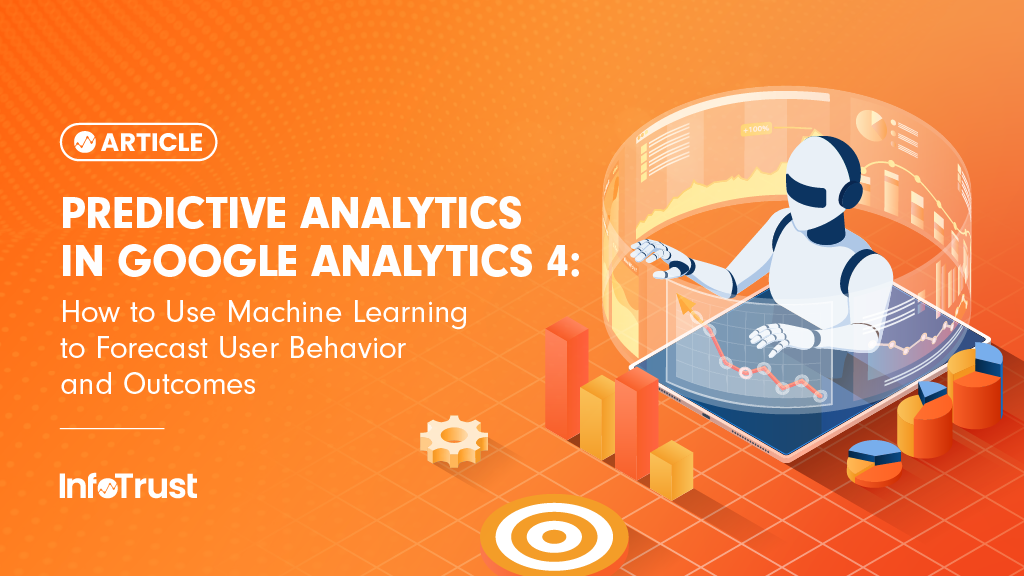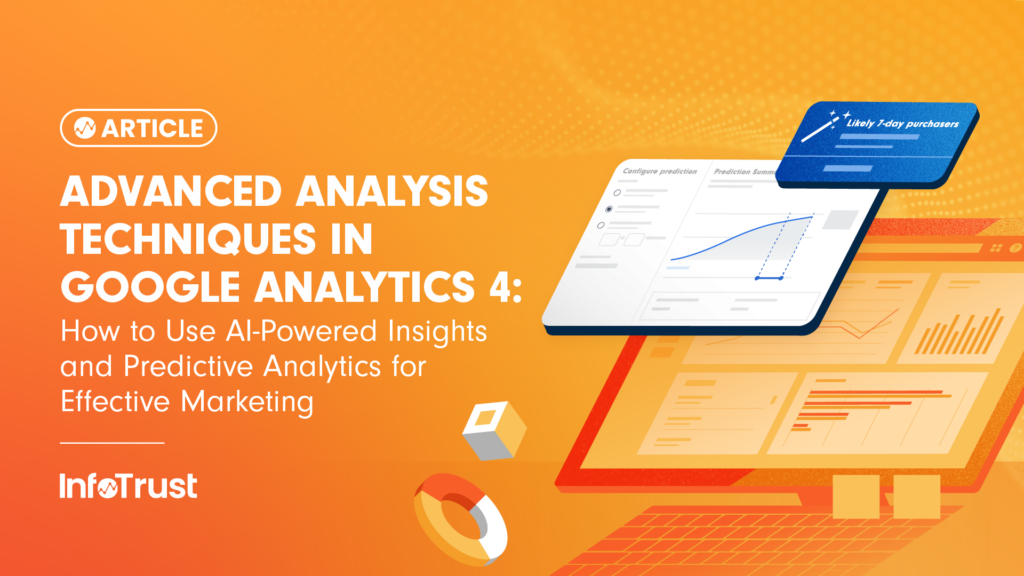If you are evaluating your Business Intelligence (BI) platform or are curious about what else exists, there’s no shortage of platforms to choose from. Gartner’s Analytics and Business Intelligence (ABI) Platform Guide is a helpful resource for knowing your options. For many of our clients, a variety of tools are being used or tested across the organization—typically some mix of Tableau, PowerBI, Domo, Data Studio, and Looker. Thanks to its acquisition by Google and its rising popularity Looker tends to get the most questions.
To help answer some of those questions and provide an overview of the platform, we’ll dig into Looker to better understand why Gartner labeled the platform as a challenger to the leading ABI platforms like PowerBI, Tableau, and Qlik. The first step is to stop thinking about Looker as yet another dashboard or visualization tool; instead, think of it as a data platform that offers unified metrics, detailed user permissioning and other security options, version control, the flexibility to work with a multi-cloud setup, robust embedded analytics, and best-in-class APIs for custom application development.
A Brief Background
In 2012, Looker began with a mission to build a product that democratizes data—meaning it allows people to independently access data and reporting without having to know SQL. In 2019, Google announced plans to acquire Looker, and in early 2020 the acquisition was finalized. Now, Looker is part of Google’s cloud offering and fits in nicely with its cloud peers like BigQuery. It delivers on the promise of enabling your organization to connect a variety of data sources and transform them however you like, as well as enable stakeholders to perform analysis without any coding knowledge.
[Read More: InfoTrust Earns Looker Partner Certification]
Who Is Looker the Right Fit For?
The Harvard Business Review found that on average less than half of an organization’s structured data and less than 1 percent of unstructured data is used in decision making. The case for business intelligence and unlocking the value of your data has never been more widely understood and accepted; however, investments tend to be made by individual departments and less holistically for an entire organization. This can lead to unintended outcomes like data silos and low platform adoption across external teams. (And, that’s not even considering how your data could be used as a product in other platforms—just day-to-day insights.) If your company has yet to standardize on a single platform, then Looker offers numerous advantages compared to other tools. If your organization invested heavily in a platform but isn’t seeing the value or the anticipated adoption of the platform, Looker is worth considering and enables your users to unlock the value of your data. Here are a few reasons why:
Data Models
First, it’s important to know that Looker doesn’t actually store your data or copy it to another location. It connects to your existing datasets, executes queries, and allows you to build models and reports out of what has already been captured. This approach is helpful if you have already invested in creating a dataset, data lake, or data warehouse and don’t need to reinvent the wheel. Once a data source is connected, a new data model with relationships can be defined once and re-used many times using LookML, Looker’s powerful semantic modeling layer, which is similar to SQL and supports more than 60 SQL dialects. This approach allows for an easier transition and often adds new layers of value upon existing data that can be managed by your engineers.
Self-Service Analytics
A pain point for many organizations is defining and maintaining a single source of truth. Once a data model has been defined in LookML, it can be documented in the platform through a data dictionary so all users have a common definition of all objects, variables, and metrics. If governed effectively, Looker serves as that single source of truth because everyone is pulling from the same data model with standardized metric definitions. As a developer, if you’ve ever been worried about how data will be used (or unintentionally misused) downstream by stakeholders, defining one model to be used by your organization creates consistent reporting.
Embedded Analytics
Looker allows you to embed your reporting into other platforms for internal use or use as a data product offering. You can embed existing visualizations through an iframe or leverage the API to move your data into other environments; you can schedule data extracts to be sent to other platforms as well. We’ve seen some clients export customer lists to Search Ads to improve their campaign targeting. One prominent use case for Looker isn’t even for dashboarding, but rather to serve as a hub for aggregating and disseminating data within your organization. The ability to embed data means you can surface your reports in other platforms your company uses regularly; you can even embed the same report in multiple places, all without re-creating the report itself. That sort of re-usability saves time and ensures that people are on the same page about the data.
Looker Blocks
Blocks are pre-built data models for common analytical patterns and data sources. Essentially, they allow you to install new functionality into the platform. The functionality can be anything from new visualizations and reporting enhancements to integrating new data sources. For instance, Google has created blocks for Google Analytics, Google Ads, Search Ads 360 (SA360), and Campaign Manager, speeding up the time it takes to integrate and report on your marketing analytics data. I highly recommend reviewing the blocks available as you think about your BI stack. Anyone can create and share blocks. New blocks are developed by a network of developers and Looker partners on a regular basis.
Version Control
If you have ever been in a situation where you need to roll back changes to a query or dashboard, Looker’s version control feature is invaluable. It also allows you to work with other developers on updates and then merge them together and be aware of any conflicts. As adoption increases across your organization, version control becomes incredibly valuable.












